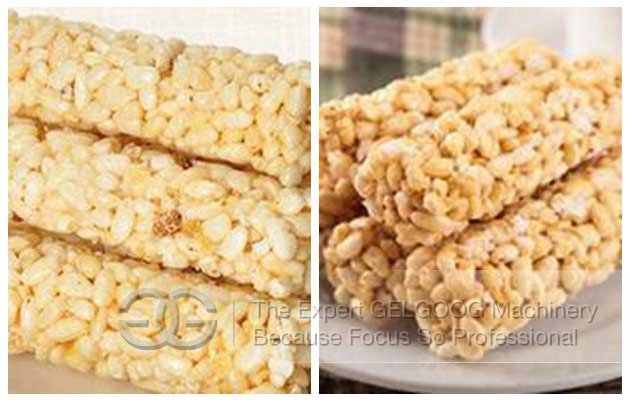Blog
Contact Us
Mobile: 0086-15515597212
Tel / Fax : 0086-371-63398802
Email :serena@machinehall.com
ADDR:7th Floor, Building 8, Jingkai Square, No.1507, Hanghai East Road, Free Trade Zone, Zhengzhou, China.
The Background Of the Breakfast Cereal
Publish tina On 2017-03-23
Breakfast cereal is made of grain processed food and intended to eat the main course with milk at breakfast. Some cereal breakfasts require short cooking, but these hot than cold grains are less popular, ready-to-eat cereals.


Prehistoric people on the ground full grain, boiled water to form hot porridge, congee similar to today's. The cold grain did not appear until the second half of the 19th century.
Ready-to-eat breakfast cereals are invented because of religious beliefs. The first step in this direction was by American priest Sylvester Graham, who advocated vegetarianism. He invented the whole wheat cracker with unsifted, coarse flour in 1829. The Seventh-day Adventist Church by Graham, who also believes in vegetarianism, the establishment of the Battle Creek Western Institute for Healthcare Reform, Michigan, in the 1860s. In this college, later known as the Battle Creek sanatorium, Dr. John Havikelog invented several cereal meat substitutes.
In 1876 or 1877, Kellogg invented a food called Granolla cereal from wheat, oats, corn, mixed, roasted, grinded. In 1894, Kellogg and his brother, KK Kellogg, invented the first pre-cooked exhausted cereal. They cooked ground wheat into dough and then razed to the metal roll and scratched with a knife. The result is then cooked and allowed to stand for several hours. Mail order sale of this product is Granose 15 cents per 10 ounces (284 grams) package.
W k Kellogg and c. W. Post, a patient in a nursing home, founded a business to sell health food and other products. Their success has allowed many imitators to set up factories in Battle Creek between 1900 and 1905. These businesses soon failed, Kellogg and the post still survived the booming breakfast cereal maker.
Their success can be attributed in part to the advertising campaign, the image of its products from healthy food fast, convenient and delicious breakfast food. Another factor is that Kellogg and articles are producing corn flakes, and the results are more popular than wheat slices. Breakfast cereals continue to increase popularity in the twentieth century. Ready-to-eat breakfast cereals at 10 American families.

